Great Lakes Project Resources:

Erosion along the lakeshore is a natural process where waves carry material from the shore out to greater depths. Lakeshores are susceptible to the powerful forces of waves, currents, and the movement of ice along the shoreline. The desire to live and build structures on our coastlines exposes our homes, roads, commercial and industrial facilities, shipping ports, marinas, and other buildings to shoreline erosion.
Why do we care about the erosion along our coasts?
The U.S. Great Lakes maritime economy supports 311,000 jobs spanning every sector, from tourism and recreation to marine transportation. This translates to $8.8 billion in wages.
The amount of water in the Great Lakes goes up and down based on season, rainfall, and a variety of other factors. Low levels create dredging and infrastructure issues, while high levels cause flooding and erosion problems.
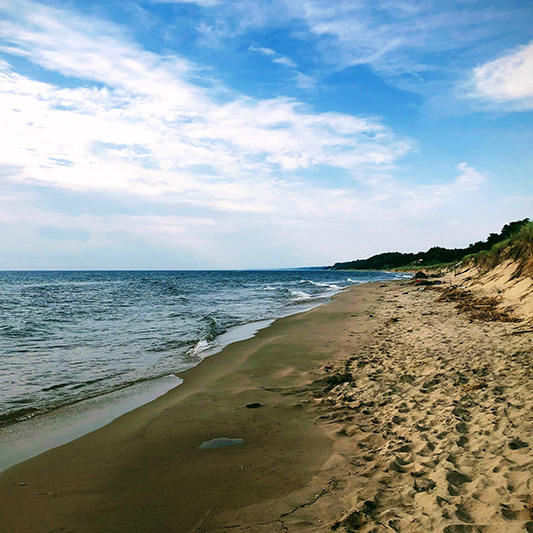
Our coastlines are currently home to 40% of the U.S. population. There is a long trend of higher growth on the coasts.
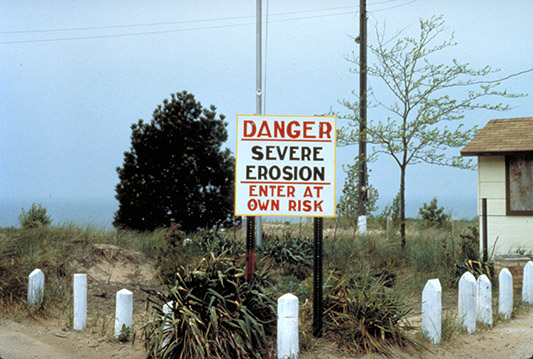
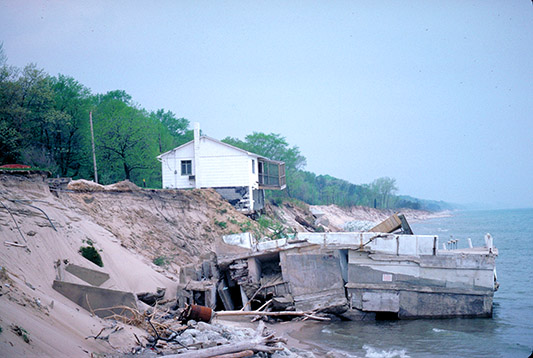
The largest body of freshwater in the world, the Great Lakes span more miles of U.S. coastline than the Pacific and Atlantic Oceans combined and are home to more than 3,500 plant and animal species, some of which are not found anywhere else on the planet. These massive lakes formed 14,000 years ago when retreating glaciers carved basins into the Earth’s surface and filled them with meltwater. Today, the 94,250 square foot surface area of the five interconnected lakes contains about 21% of the planet’s freshwater.
Because of their immense size, the Great Lakes are host not only to a diverse spectrum of ecosystems but also to many homes and businesses. About 15% of the United States’ and 50% of Canada’s population live along or near the 9,000-kilometer-long coastline of the Great Lakes. Approximately 83% of the shoreline is privately-owned, with property values as high as $10,000 per linear foot of lakefront. In combination with the naturally occurring mechanisms of erosion, this extensive shoreline development has contributed to vanishing coasts, submerged beaches, and hundreds of millions of dollars in property damage to homes and industries.
Though oceanic in size, the shoreline of the Great Lakes contends with rapid water-level changes that distinguish it from maritime ecosystems. Lake levels are primarily influenced by seasonal rainfall and cycles of freezing and thawing, with the lowest levels typically occurring in the winter and the highest during the warmer month. A fluctuation of 11 to 20 inches is typical for a year, but record highs and record lows differ by as much as six feet. Because storms and heatwaves can trigger a dramatic short-term rise, coastline property is vulnerable to structural damage.
The Great Lakes basin consists of relatively soft sandstone and limestone, which is naturally worn away by waves striking the shoreline, and, more drastically, but sudden storm surges. Conversely, when water levels are low, navigation channels and harbors can fill with sediment that is often polluted and damaging to existing ecosystems.
Though climate-related erosion and beachfront development are both natural processes, taking steps to mitigate shore loss is critical to saving ecosystems, homes, and industries. As beachfront development continues to accelerate, restoring our natural shorelines can keep our economic investments and biosphere safe.


Where it is feasible, returning our coastal estuaries and shoreline to a natural, undeveloped state can increase the resilience to storms, flooding, erosion, and other threats to these communities. Coastal wetlands are well known to be “natural sponges” that absorb floodwaters, putting the brakes on destructive wave action, and mitigating coastal erosion. Natural shorelines buffer storm surges, sequester carbon and other pollutants, and support a healthy habitat for commercially and recreationally important fish species.
Living shorelines, soft shore protection, and other hybrid approaches are nature-based solutions to coastal erosion that can mimic nature while protecting your property and increasing critical habitat for marine species. Coastal restoration projects may replace a seawall or bulkhead with a natural beach, soft shore protection, salt marsh bordered by an oyster reef, or similar structure. One study found that living shorelines removed more than 50% of nitrogen from the water, and more was removed as sites matured.
Living shorelines are natural solutions to coastal erosion.
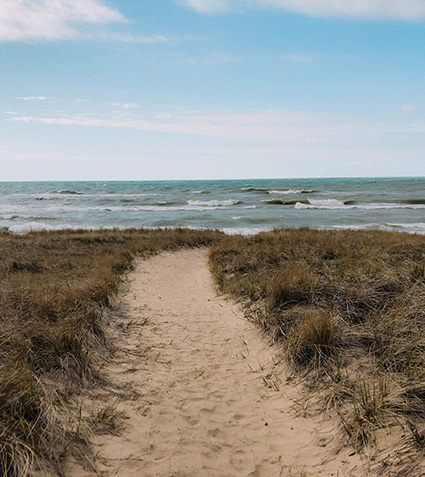
Protecting coastal communities has become increasingly important as the population grows and sea levels rise. However, shoreline hardening has harmful impacts on wildlife and fish habitat. One study found that seawalls supported 23% lower biodiversity and 45% fewer organisms than natural shorelines.
Soft shore protection, or living shorelines, is a natural approach to reduce erosion and flooding, while also creating or maintaining habitat. Living shoreline projects may replace a bulkhead with a natural beach, soft shore protection, or similar structure.
One study suggested that marshes protect shorelines from erosion better than bulkheads. It found that Hurricane Irene damaged 76% of bulkheads surveyed, while it did not damage marshes with or without sills.
If you live on the shoreline, you will find a softer shoreline to be more beautiful and resilient than a bulkhead. Living shorelines are often more effective if they stretch along an entire beach rather than just one property. Consider connecting with your neighbors to build living shorelines.
If you do not live on the shoreline, consider volunteering to help with projects to restore coastal areas, such as planting marsh grasses and removing invasive plants.
A marsh sill is a type of low-profile stone structure used to contain sand fill to create a newly planted marsh that helps dissipate wave energy so that the marsh can establish and help reduce erosion farther inland.
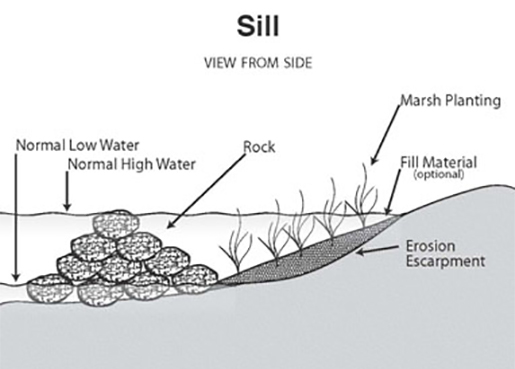
North Carolina Environmental Quality
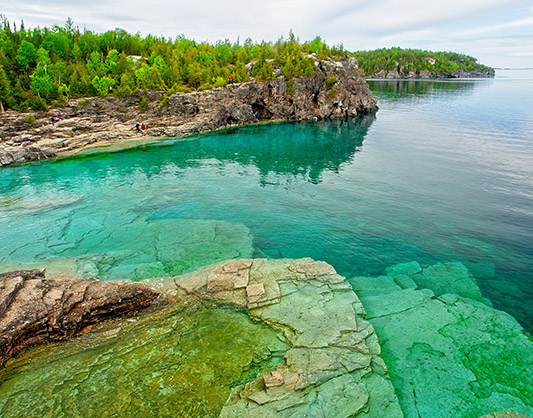
We need your help to improve the Toolkit by completing our easy, 3-minute survey. Your insight is valuable to us.